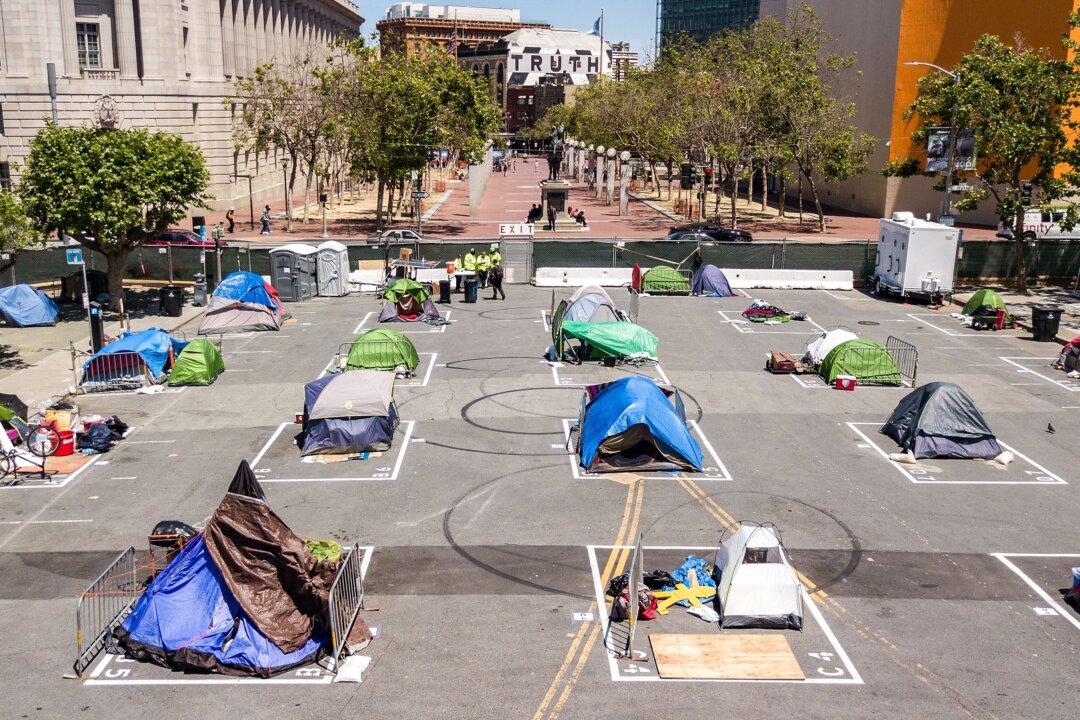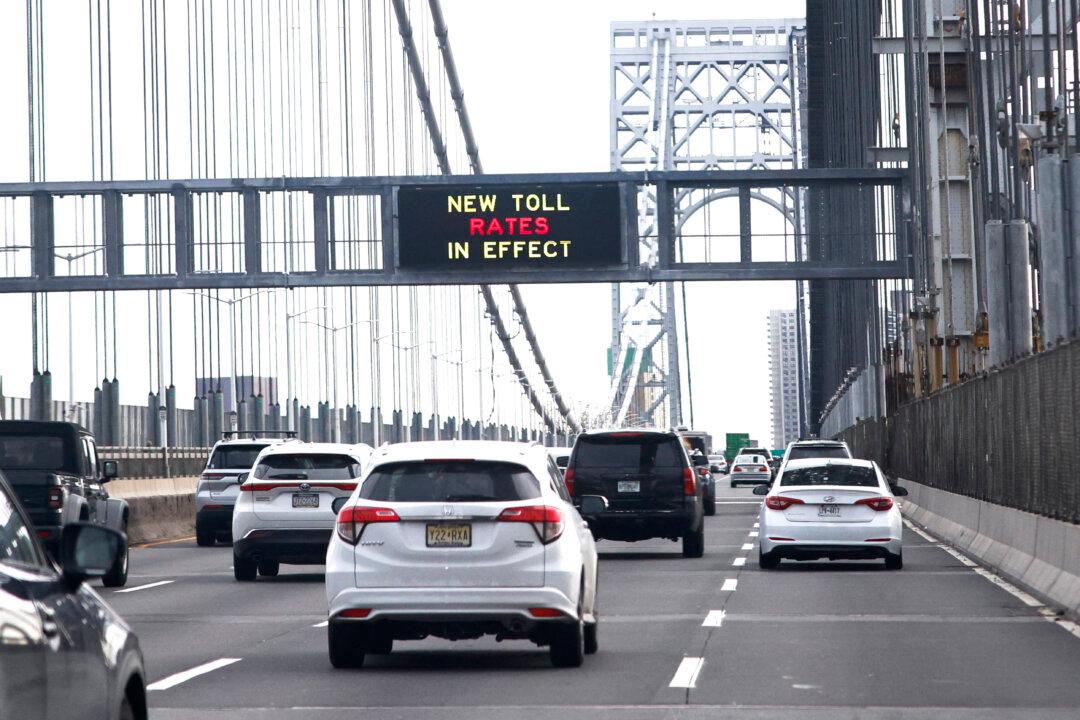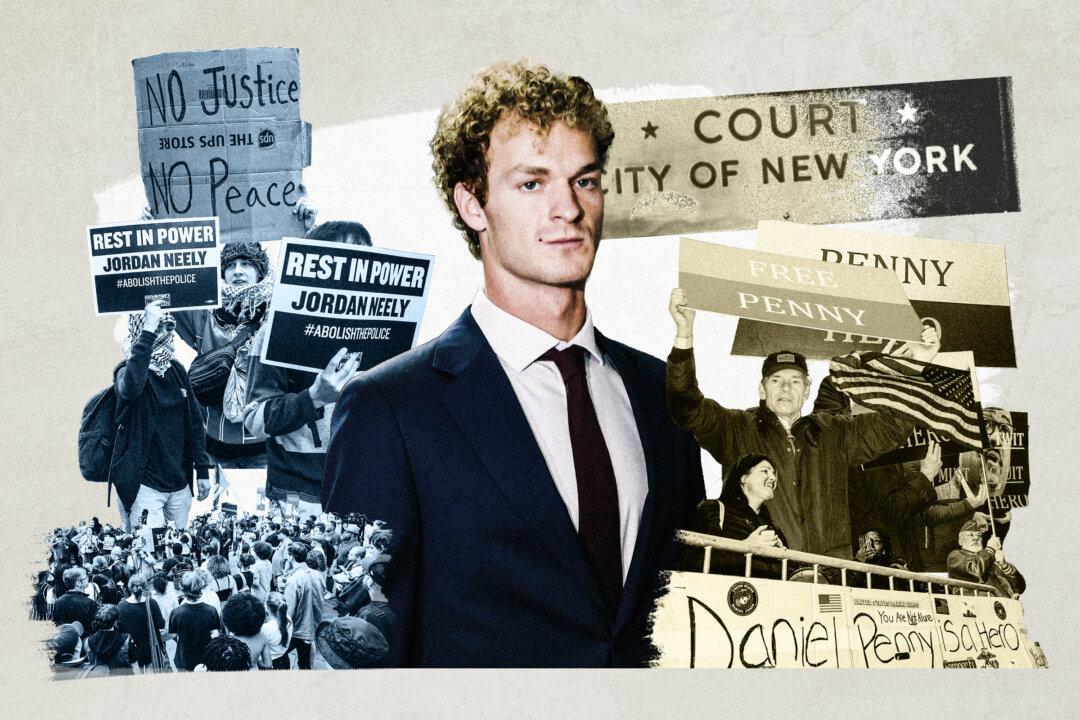The homelessness crisis in San Francisco has gotten markedly worse in recent years, and while some may try to blame the problem on the pandemic, official missteps at the municipal level have seriously exacerbated the crisis, experts say.
San Francisco Mayor London Breed has tried to alleviate the homeless problem in her city with funds obtained through Prop C, which passed in 2018—and which Breed initially opposed. Prop C levied a wealth tax on the richest corporations in the city with a view to generating funds to address homelessness.





